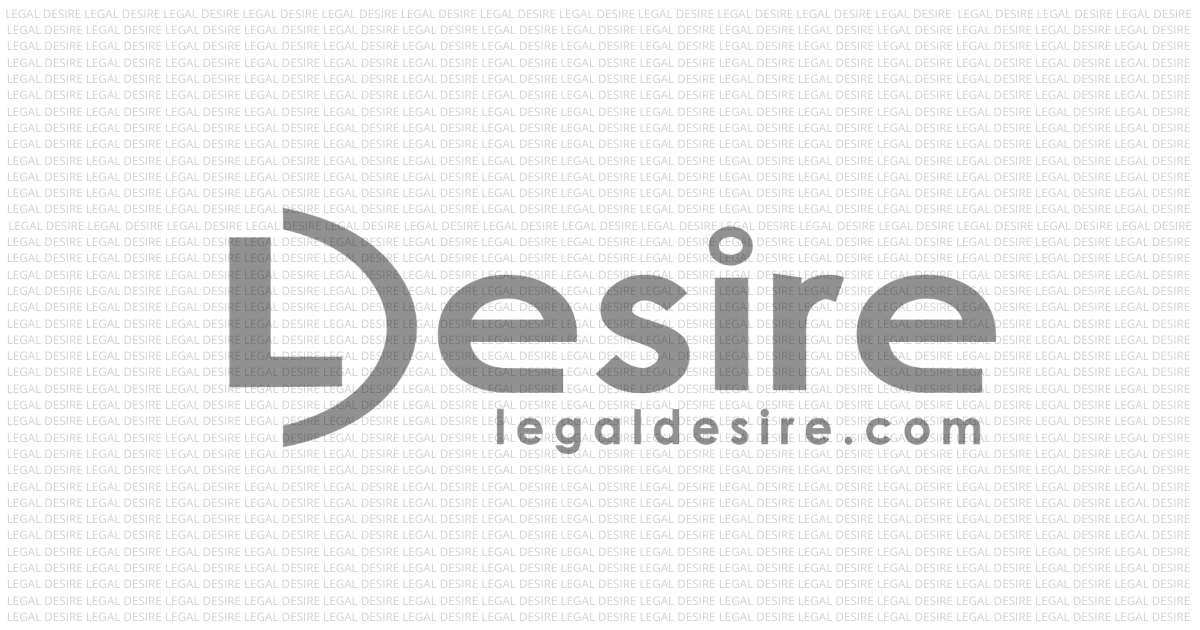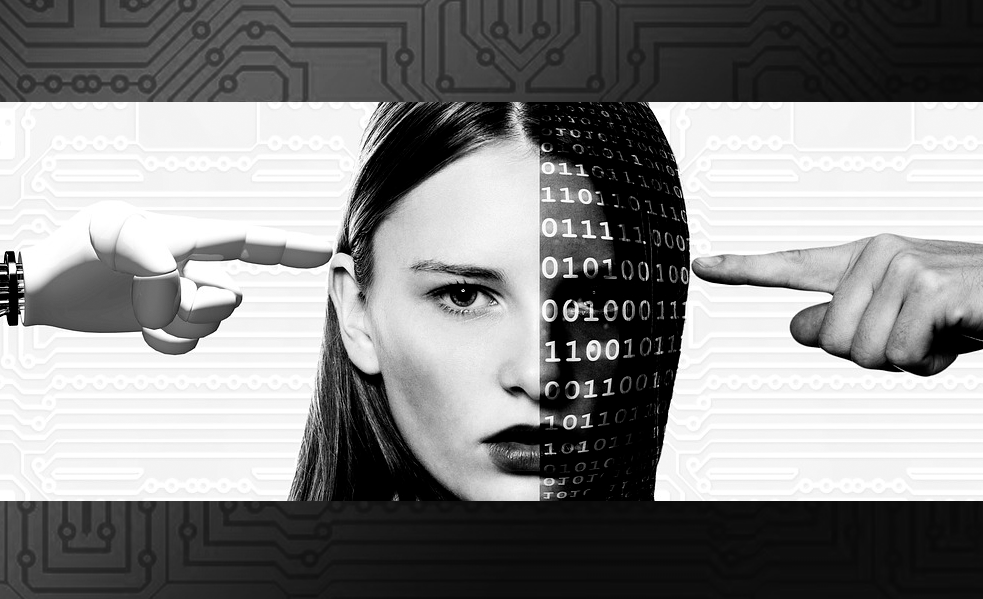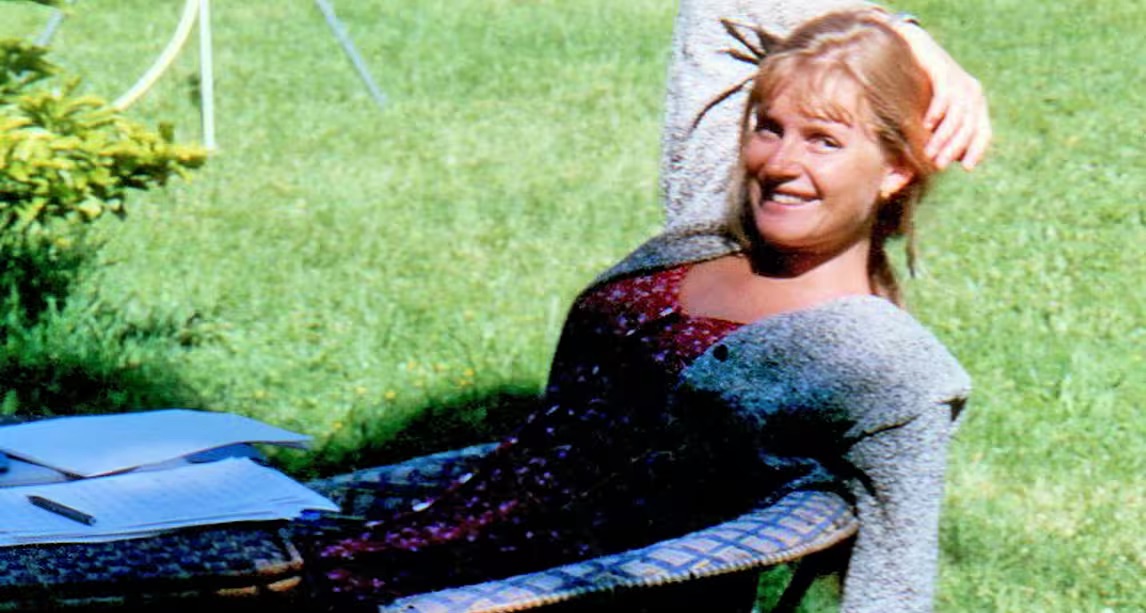Now Reading: “Who are Super Recognizers?”
-
01
“Who are Super Recognizers?”

“Who are Super Recognizers?”
Humans are considered to be smartest species on earth, they are equipped with unmatchable ability to understand, comprehend and communicate, which out pars the other species in the animal Kingdom. Humans learn to adapt according to their surroundings and evolve constantly for their better survival. They are blessed with cognitive abilities or general intelligence which is an important factor for manifesting the skill of adaptation and survival. Cognitive abilities can be defined as the capacity to reason, plan, solve problems, think abstractly, comprehend complex ideas, learn quickly, and learn from experience.
The term Super recognizer was devised by researchers of Harvard University and University College London in 2009 to define people who have commendable abilities to recall faces. Super recognizers also called as super matchers have significant innate cognitive abilities to recognize and recall faces. These individuals possess an uncanny knack in recollecting and recognizing the facial appearance and features of a person even if they have met them briefly.
An extensive study was conducted by the researchers at York University to understand the average number of faces that a human can remember in their entire life span to understand the cognitive ability of the brain and it was found that our brains have the capacity to remember an average of 10,000 faces over the entire course of life, out of which an average person can be able to recall around 5000 faces. In another ingenious study conducted by researchers of Bournemouth University’s Centre for Face Processing Disorders (CFPD) it was found out that 2% of the population have super-enhanced facial recognition skills which can be used to both distinguishing faces of different people and also recognizing those that they may not have seen in decades, or those that they have only encountered briefly. This truly exceptional skill of recognizing people possessed by a super recognizer can be put to great use by refining and grooming the cognitive ability, to identify and distinguish individuals. Super recognizers can prove to be an asset to law enforcement agencies and can help in reducing the time taken to solve a crime. The poisoning case of Russian ex-spy Sergei Skripal and his daughter Yulia highlights the importance of identifying people with this ability and deploying them in law enforcement agencies for effective investigation of crimes.
On September 5, 2018 the Metropolitan Police released a handout photo which was a CCTV image of the two suspects that were involved in the poisoning of Russian ex spy Sergei Skripal and his daughter Yulia in Salisbury. The British authorities were successful in recognition and identification of the two men with the help and expertise of the members of a special unit at the Metropolitan Police called the super-recognizer unit. The detectives in the unit watched over ten thousand videos and were able to apprehend the two suspects who were the agents of the GRU, the Russian military intelligence service that were responsible for the murder of Sergei Skripal and his daughter Yulia.
Why do we need Super Recognizers?
There are many facial recognition tools available in the market today. The prevailing facial recognition technologies existing today are excellent tools for identification of suspects and play a major role in faster recognition and identification, by narrowing down and locating the suspects pertaining to a crime; however, the use of technology is more prone to errors and can result in false-positive identification of an individual which can cause an innocent to be a suspect in the court of law and falsely apprehended for the same.
Even though facial recognition technology is considered to become increasingly accurate, the case of Nijeer Parks a 31 year old black man residing in Paterson, New Jerseyis an example of the erroneous recognition through facial recognition tool due to which Mr. Parks was falsely convicted for heinous charges of aggravated assault, unlawful possession of weapons, using a fake ID, possession of drugs, shoplifting, leaving the scene of a crime, resisting arrest and also assaulting a police officer with a car. He was sent to jail and spent an entire year to provide the poof of his innocence. At the end of the yearlong court battle, it was found that the facial recognition tool had made a false match because of its inaccuracy in matching the faces of darker skinned people.Technology and human intelligence combined can solve more crimes and improve the rate of crime prevention and deterrence.The employment and use of Super recognizer by law enforcement agencies can curb and detect the errors made by the Facial recognition tools and can help in apprehending criminals using images obtained from surveillance cameras.
Super recognizers can be used in assisting police and other security agency forces to identify suspects captured on CCTV or any other recording device. The major limitation of using facial recognition tools is that the tool is bound to make errors in the cases of disguise and fails to make a probable match. In such cases the expertise provided by Super recognizers can be useful in apprehending criminals whilst on patrol, at checkpoints and airports thereby improving the percentage of crime detection in India. The super recognizers can also help linking criminals to different crimes that they have committed, and can help in solving crimes faster and efficiently.
The practice of identifying and enrolling people that are equipped with a unique ability for recollecting faces, for investigative purposes is a foreign and an unknown concept here in India.
The various existing security forces in India can identify and deploy super recognizers to make use of their exclusive ability by exploiting their inborn potential for the greater good.Surveillance cameras are everywhere around us, they capture thousands of images of people, but their use can only be maximized if they are sources who can identify and recognize the people in it. The addition of super recognizers in law enforcement agencies can help in boosting the investigation done through CCTV cameras. Individuals with this ability should be identified and trained to be, a resourceful tool in guiding forensic investigations that deal with facial recognition and the same can be used to reform the existing policing in India.
How to know if you are Super Recognizer?
According to research, the term super recognizers are awarded to people that can recall 80- percent of the faces that they have come across in a day, when compared to an average human that can recall about 20 percent of the faces that they have seen in a day. There are various tests available online that can help you assess yourself, and evaluate whether you have this innate ability to recognize faces. There are many universities abroad that provide standard courses and training to super recognizers. However to identify whether an individual is possessing these super enhanced skill of facial recognition, a preliminary test is conducted and later the ones identified, are trained to sharpen their skill and are bestowed with an official recognition of the same.
So far countries like UK, Germany, Japan and Australia have identified such people and have established super recognizer units, other countries like Argentina and Iraq are yet to begin their training to start the same.
In India there is a dire need to identify such people and deploy them for curbing crime. With a vast population like ours, human Super Recognizers can reinforce the accuracy rate of automated facial recognition systems to make them more accurate and identify suspects by using their natural skill and useful intelligence to produce admissible evidence thereby improving crime rate in India.
Super Recognizer Course in India
The world’s first “Super Recognizer Unit” was set up by Mike Neville who is currently the Chief Executive Officer of Super Recognizers International Ltd and also the Managing Director of Neville Forensic Recognition Ltd. Super Recognizers International was created with the mission to use the natural ability of super matchers which has been identified by conducting a preliminary exam with the help of the University of Greenwich and its own internal testing to offer a full service around CCTV based investigations. With a vision to identify such people here in India, an exclusive MOU was signed between National Forensic Sciences University and Super Recognizers International, UK on 7th July 2021 to identify and offer training for such super matchers.
With the MOU in effect, the country will witness a one-of-a-kind course to identify and train individuals with innate cognitive abilities to become human super recognizers. The course will help the super matchers to nurture and improve their skill and teach them to get the most out of images with the strategic use of images. The course will impart necessary knowledge to spot unusual/ suspicious behavior and also how to study face and gait features for spotting the suspect.
The fruitful collaboration of NFSU & Super recognizers International promises to be a game changer and represents to introduce a novel technique that is both unique and unknown to the existing Indian investigative techniques. On introducing and implementing this new approach, a revolution is yet to come and its impact can be seen in the field of forensic science and wider society.
The introduction of Super recognizers in Indian law enforcement agencies will be a turning point in the future of forensic investigations and will help to bring about justice and decree faster to those who have already suffered an immense loss and trauma due to the violence incurred to them because of the crime committed by the criminals.
Author
Krittika Sood, Research Assistant, NFSU in Collaboration with BPR&D








